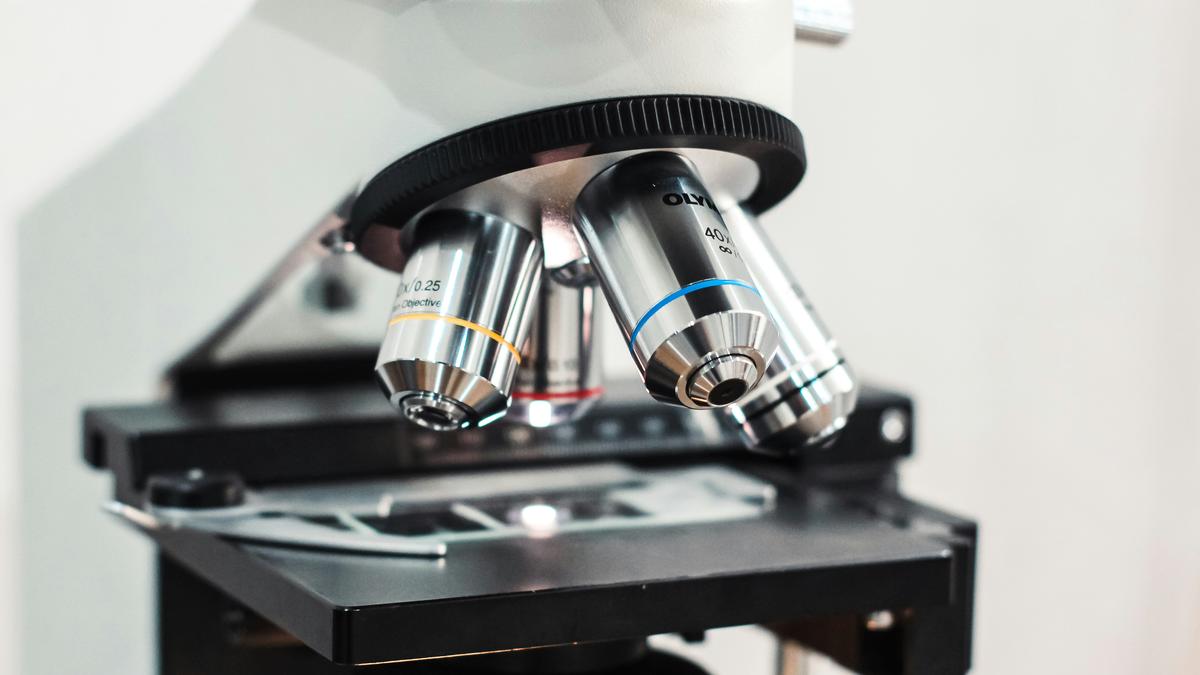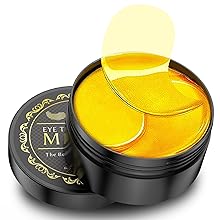
Why can’t light microscopes see inside cells? Premium
The Hindu
Learn about the diffraction limit in microscopy and how super-resolution microscopy revolutionized the field, earning its developers a Nobel Prize in 2014.
A: The resolution of an instrument that uses light to see things can’t improve beyond a point. This is called the diffraction limit.
The resolving ability of, say, a telescope says how well it can distinguish between two distant objects that are close to each other. The higher the telescope’s resolution, the better its resolving ability.
In the late 1870s and early 1880s, a German engineer and physicist named Ernst Karl Abbe found a formula that connected the maximum resolution to the wavelength of light and a number called the numerical aperture:
d = w/2N
where w is the wavelength, N is the numerical aperture, and d is the maximum resolvable distance.
Thanks to the diffraction limit, scientists could use the light microscope to see cells but not the proteins inside them or a virus attacking them.
But there are optical microscopes today that can see inside cells and even things as small as atoms. This is because, from the 1980s onwards, scientists developed a new technique called super-resolution microscopy, and it wasn’t bound by the diffraction limit.





















 Run 3 Space | Play Space Running Game
Run 3 Space | Play Space Running Game Traffic Jam 3D | Online Racing Game
Traffic Jam 3D | Online Racing Game Duck Hunt | Play Old Classic Game
Duck Hunt | Play Old Classic Game











